SERIES REVIEW – Elisabeth Moss confronts her own traumas and investigates a time-travelling serial killer in Apple TV+’s ambitious thriller series.
Serial killers are a popular source of inspiration, be it true crime adaptations, documentaries or fictional stories.
Apple TV+’s new limited series, Shining Girls, bravely takes on this challenge with a story that offers a reality-changing take on the trauma of a horrific attack. The eight-part thriller is based on the 2013 bestseller by Laura Beukes, with a dash of quantum physics. Creator Silka Luisa has used the basic structure of the twisty novel, which follows Kirby Mazrachi (Elisabeth Moss) as she tries to put her life back together after a violent attack by an unknown assailant. The knowledge that he is still at large haunts the journalistic archivist. So far, it all sounds somewhat clichéd, and the first episode initially draws on the clichés of crime drama before pulling the rug out from under the viewer and Kirby.
Differences compared to the novel
Fans of the book will notice a glimmer of similarity in the story set-up, but Luisa has made significant changes to Kirby’s world concept to add a unique structure. In fact, what makes Shining Girls stand out as a character study in crime fiction is not just the focus on the victim but the way memory and upheaval of time add to the perpetual nightmare in which Kirby is stuck.
Directed by ace TV veteran Michelle MacLaren (“Game of Thrones” “Breaking Bad”), the first two episodes have the big plus of not dwelling on unnecessary brutality against women. The remaining six episodes are shared between Daina Reid (The Handmaid’s Tale and The Outsider) and Moss, who does double duty. The actress has already proved herself a force behind the camera in the fourth season of The Handmaid’s Tale, and her performance is even more special here.
Kirby’s mental scars remain, and his response to violent crime is another brutal act. What someone does and does not remember is often scrutinised by the police and the press, and this series addresses both the law and the failings of journalism in investigating or reporting. Premature convictions of victims also play a part in the series, and “Brilliant Girls” holds both institutions accountable for their negligence.
Kirby works in the archives department of the Chicago Sun-Times, giving him access to decades of crime news stories and unpublished crime scene photos from the city. Falling down this rabbit hole may not be the healthiest way to deal with trauma, but she doesn’t want to forget what happened.
There was no Internet at that time
Delving into the horrors of unsolved murders in Chicago reveals similarities between Kirby’s case and countless other women who did not survive. In some cases, another suspect took the fall for reasons of bias, prejudice, or simply being the most likely suspect. Set predominantly in 1992, the plot immediately takes away the power of internet search engines, leaving Kirby to rely instead on microfilm readers, notes, long-forgotten archives and a warehouse full of ‘cold case’ evidence (including bloody garments that were once his).
All of this is somewhat vague as to the specifics of the timeline plot – to say too much would be a spoiler – but there is one area that can be detailed: the unsettling performance of Moss at the centre of this eerie story. Moss is a multiple Emmy nominee for a reason and deserves another nomination for this series. Kirby’s fear is a constant presence in the series, and Moss deftly portrays her attempts to cling desperately to the familiar – while the reality around her is in a constant state of flux. “Things just change for me,” she explains, even if no one understands what she means. One moment she has a dog, the next, a cat. Her hairstyle and colour change in the blink of an eye, and “nobody remembers anything else. ‘ It’s not enough that he keeps looking over his shoulder, waiting for the invisible predator to strike again, but he can’t trust reality either. That is until he meets crime reporter Dan Velazquez (played by Wagner Moura of Narcos fame), who is investigating a murder that matches the description of wounds on Kirby’s body after an earlier attempted murder against him.
The drunken reporter
In Dan, Kirby finds a confidant willing to help him find the links between the crimes. The reporter who relies on booze to get through the day is hardly new. Although Moura plays the perpetually hungover, sleazy journalist well, it’s frustrating to see this archetype brought up again. Dan has a reputation for falling apart when plunged into darkness, and it’s a trite motif compared to the other ways the series twists the clichés of the genre. The other, slightly weaker plot thread concerns more tiresome jealousy than interesting. Chris Chalk, as Sun-Times photographer Marcus, is stuck in this narrative, but there are a few moments when he still “shines” in his own role.
Kirby often struggles alone in the dark, but the supporting cast of the series is also excellent, including Phillipa Soo as a planetarium scientist who is constantly watched by the creepy character, Amy Brenneman as Kirby’s mother, another memorable character, and Moss as one of the co-stars in The Handmaid’s Tale. Brenneman herself is somewhat under-acted but still packs a punch when she appears on the screen. Also, Christopher Denham’s nuanced performance as the troubled Leo adds layers to the story and the relationship with the killer.
Jamie Bell is creepy as the serial killer
One person we haven’t mentioned yet is the man who commits the horrible crimes and the omnipresent figure from whom Kirby cannot escape. “He’s everyone, he’s no one, he’s always” is how Kirby describes the terrifying and extraordinary serial killer Harper (Jamie Bell). This man who somehow knows everything and moves quietly is a scary sight to behold, and Bell does a great job of bringing this unsettling and frightening character to life.
A montage of juxtaposed crime scene photos alongside the live-action shots indicates the horror of the murder being committed. The Polaroid photos contribute to several choking scenes, and heighten the terror felt by Harper’s victims – and by us. When the killings occur, the camera shifts to a more distant position.
The series is grim and gritty and offers a gripping mystery that takes unexpected paths. Elisabeth Moss as both the lead actress and the director is a force that helps sell the often surreal narrative. She is undoubtedly one of the finest actresses of her generation, and The Shining Girls is a serial killer series that is at once exciting, unique, artistic and at times surreal – superb.
-BadSector-
Shining Girls
Direction - 8.2
Actors - 8.5
Story - 8.2
Visuals/Music/Sounds - 8.4
Ambience - 8.4
8.3
EXCELLENT
The series is grim and gritty and offers a gripping mystery that takes unexpected paths. Elisabeth Moss as both the lead actress and the director is a force that helps sell the often surreal narrative. She is undoubtedly one of the finest actresses of her generation, and The Shining Girls is a serial killer series that is at once exciting, unique, artistic and at times surreal - superb.

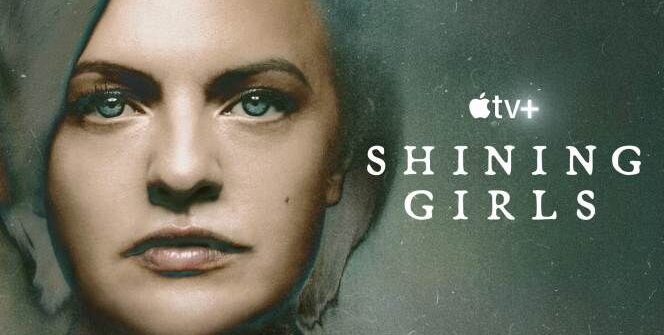
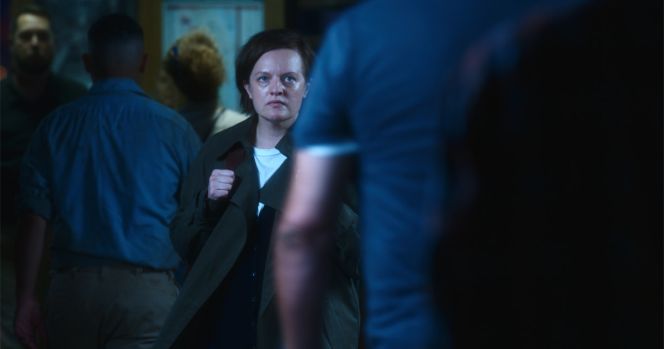
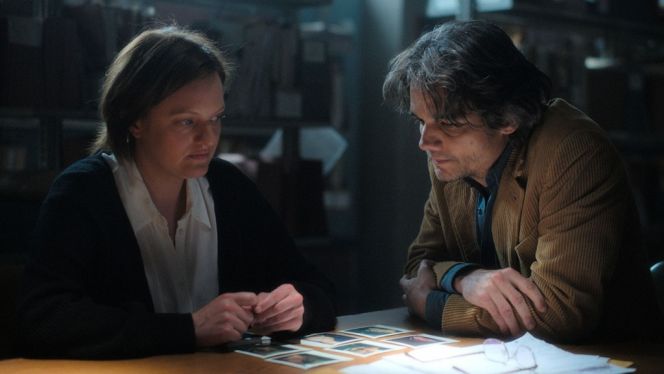
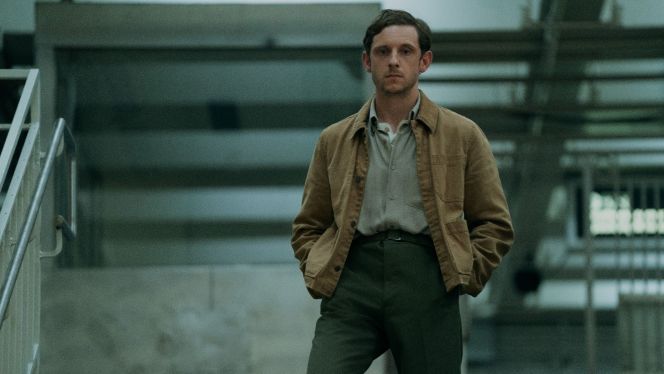
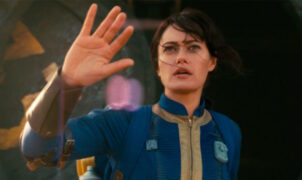








![No One Can Say "Yeah..." as Badass as Keanu Reeves in the John Wick: Chapter 4 Trailer [VIDEO]](https://thegeek.games/wp-content/uploads/2022/07/theGeek-John-Wick-Keanu-Reeves-2-302x180.jpg)




Leave a Reply